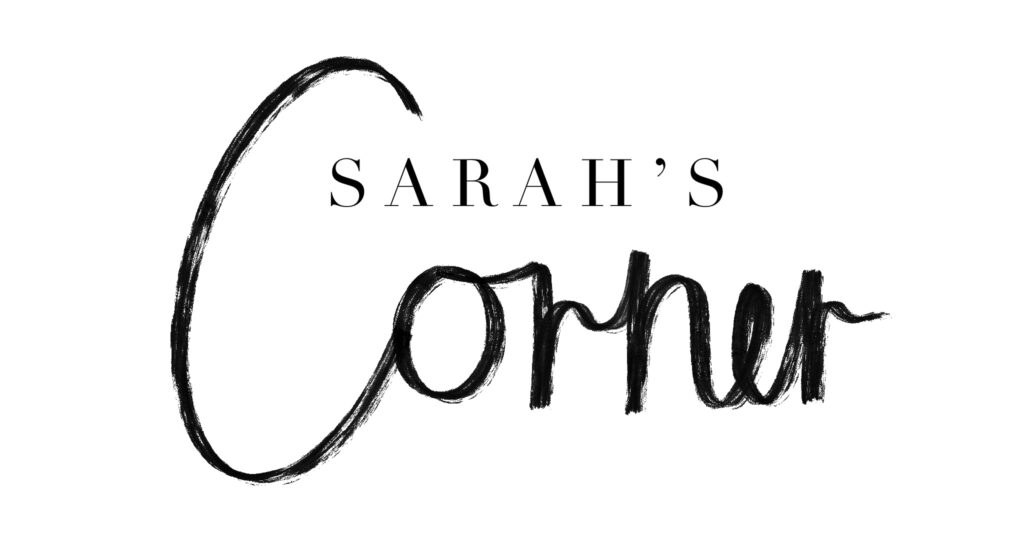Each controlled substance is categorized by its addictive potential and risk of abuse
Technicians should know each schedule and the federal laws limiting each substance
Controlled Substance Schedules
The Controlled Substances Act of 1970 (with amendments) determines many the regulations for controlled substances
The schedules rank from CI (one) to CV (five), with CI being the highest risk for abuse and CV being the lowest
Schedule I: Heroin, Methamphetamine, GHB
Schedule II: Cocaine, Morphine, Oxycodone, Hydrocodone, Fentanyl
Schedule III: Ketamine, Anabolic steroids, Norco
Schedule IV: Clonazepam, Alprazolam, Diazepam
Schedule V: Robitussin RC, Lomotil
These schedules are enforced by the Drug Enforcement Agency (DEA)
Any addition, removal, or change to the schedules is determined by the Attorney General of the United States
Prescription Requirements
For a controlled substance prescription to be valid, it must have…
- Patient name and address
- Practitioner name, address, and DEA number
- Prescriber signature
- Drug name
- Drug strength
- Dosage form
- Quantity
- Sig or directions for use

If a prescription is missing any of these components, it is not valid and cannot be filled for the patient
Schedule 2 (CII) medications cannot be refilled
Schedule 3 (CIII) to Schedule 5 (CV) medications can be refilled up to 5 times, with a total of 6 fills for one prescription within a 6 month period
Any refills beyond 6 months from the written date for CIII to CV prescriptions are no longer valid
CII prescriptions can only be taken as a physical or electronic prescription, but cannot be taken or transferred over the phone
All other medications (noncontrolled and CIII-CV) can be accepted over the phone
DEA Forms
Pharmacies need to complete a variety of different forms if they dispense controlled medications…
DEA Form-41
Any controlled substances that are damaged (chipped or broken) or expired should be reported with Form 41
If it has expired it should not be returned to the manufacturer
DEA Form-106
If any controlled substances are stolen from the pharmacy, form 106 must be completed and submitted to the DEA
DEA Form-222
As of 2021, this can be done via hard copy or electronically to order or transfer CI and CII medications between registered entities
This form is not required for CIII, CIV, or CV medications
If a mistake is made on the form, start a new one and shred the one with the error. It is not permissible to make any changes to a form after transfer or purchase
DEA Form-224
The registration form for any new pharmacy that plans to dispense controlled medications
This form must be renewed every 3 years after the first time it is approved
This registration may be revoked at any time by the Attorney General
Copies of these forms must be retained for 2 years per DEA guidelines
DEA Registration
DEA registrations are given to doctors and medical professionals allowing them to prescribe and administer controlled medications
These registrations have a specific formula: two letters and seven digits (AB1234567)
Related: DEA Registrations
Extra Sources
I’ve linked some extra sources for your convenience. These go into greater detail on topics around controlled substances
New DEA Rule Allows Single Electronic Transfer of Controlled Substance Prescriptions
- On 8/28/2023, the guideline for transferring controlled medications was amended. This page fully details the process of transferring any controlled prescription
The Federal Controlled Substances Act: A Primer for the Pharmacy Technician
- From 2011 so a bit dated, but it is a fantastic reference for general controlled substance questions
Schedules of Controlled Substances
- Detailed description of schedules and amendments from the Office of the Law Revision Counsel

